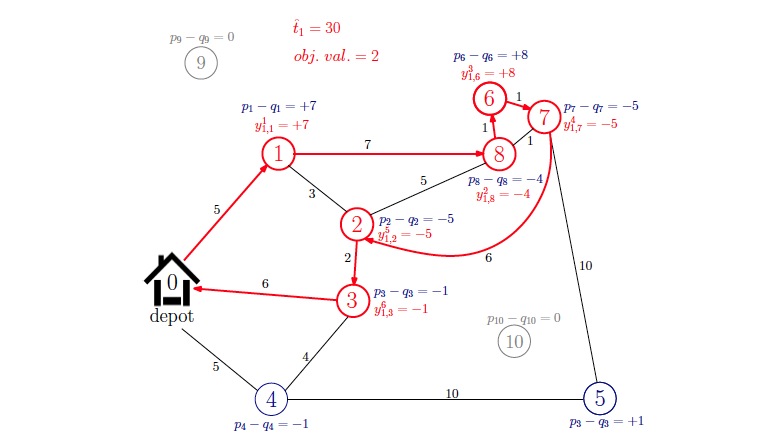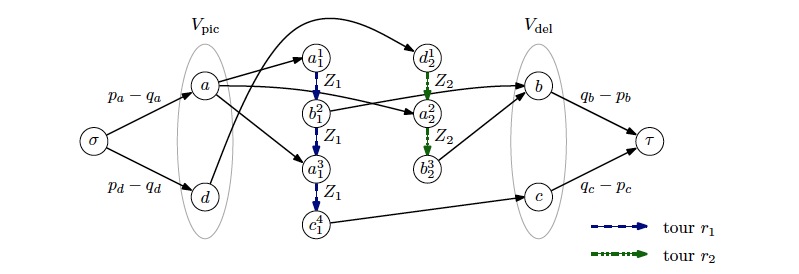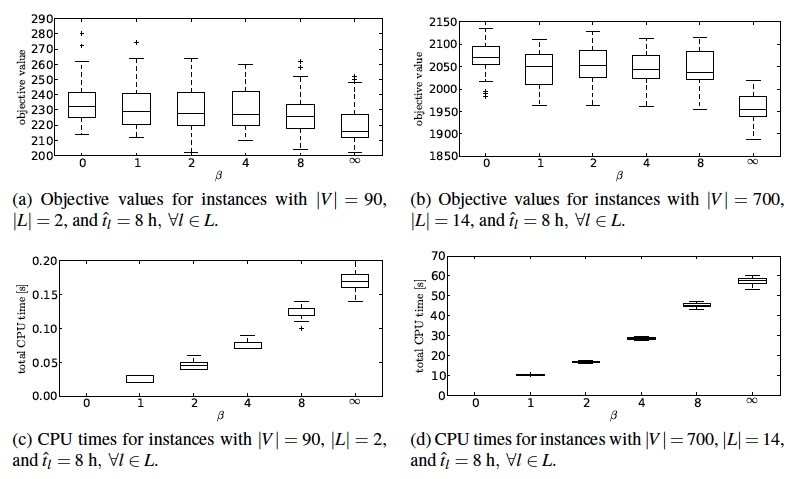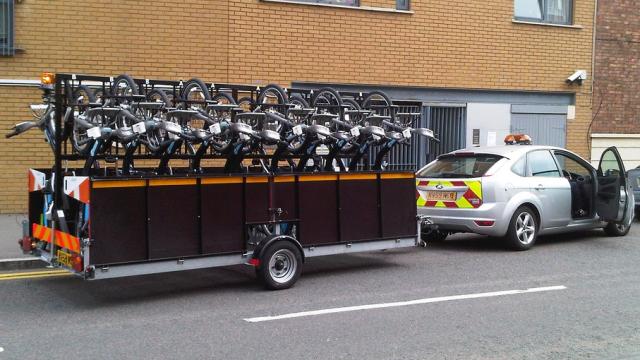Here’s kind of a dirty secret about bike share: Bikes don’t end up distributed evenly across the system, so most cities use trucks and trailers to shuffle the bikes around to the kiosks where they’re needed most at different times of day. Turns out it requires a complicated algorithm to determine exactly when and where to move them.
“Rebalancing” is the technical term for this reallocation of bikes, and it’s a reality for pretty much every bike share system. In some cities it’s geographic: Barcelona, for example, has hills, and the bikes tend to accumulate at the bottom of them. But in most cities, it’s simply a matter of traffic flow — bikes have rush hour, just like cars, and move to certain areas all at once. It’s not only the number of available bikes which have to be accounted for, it’s making sure the docks have enough space to lock up the bikes which are still riding that way.
Bike share systems look at their data to try and anticipate where bikes need to move, but it’s largely based on educated guesses by examining maps and previous trip information. A new story in Science explores how some cities are developing their own highly technical methods to anticipate where bikes need to go.
One of the most comprehensive studies comes from Austrian computer scientist Günther Raidl which uses a UPS-inspired approach to help the cities direct the bikes more efficiently, and in real time:
Raidl’s approach, which he developed with colleagues at the Austrian Institute of Technology, resembles the “pickup and delivery vehicle routing” algorithms that package delivery services use to route their trucks most efficiently. His algorithm — which gives updated suggestions throughout the day — also takes into account a forecast of demand based mainly on season, day of the week, and weather.
The algorithm has already been employed for the 700 stations of Wein, Austria’s bike share and although it seems to be working, there are some quirks. Drivers tasked with moving the bikes around became annoyed when they were only told to pick up a few bikes when their vans could hold up to 20. In New York, where Citi Bike’s computer scientist David Shmoys has his own algorithm, the system will only recommend that trucks pick up the full amount of bikes they can hold, which might feel more efficient, even if it’s not. New York’s rebalancing also isn’t completely automated: Citi Bike only deploys movement based on human approval, which can help accommodate for big events or emergencies.
Over 600 cities currently have bike share systems, a number that’s certain to grow quickly over the next few years. These newer systems could build in smarter tech that might incorporate these algorithmic solutions and save planners and riders some of their current headaches. One bike share rebalancing concept named BICO, proposed by the London firm Stage Intelligence, uses algorithms to not only recommend how many bikes should move, but also which routes that a fleet of transporting vehicles should take based on traffic patterns. In the future, a system like BICO wouldn’t need human intervention at all:
Computer scientist Lin Li modelled autonomous rebalancing trucks, which self-organise like a bee colony, he says. The trucks flit from station to station like bees to flowers, attracted by signals that the stations feed into the model, announcing whether they are short of bikes or have too many.
If all of this is making your head spin, check out the method behind the moving madness. Over at CityLab, Eric Jaffe dug up the paper by Raidl and the maths looks something like this:



All that just so you can have a bike to ride home from the bars tonight. [Science via CityLab]
Picture: Tom Anderson/Flickr
